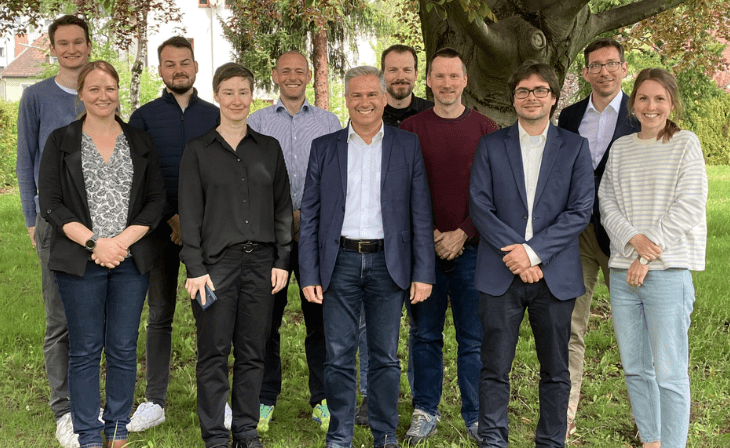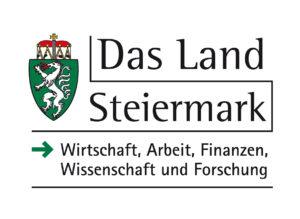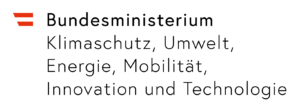Recently, the new research project “Design-SOEC – Knowledge-based design of high-temperature electrolysis cells for optimized hydrogen production” started with the Chair of Physical Chemistry as consortium leader.
Major challenges
The increased use of renewable energies represents a decisive factor in achieving Austria’s and Europe’s climate targets and energy independence. The development of new technologies for the storage of renewable energies from volatile sources plays an important role in this context. High-temperature electrolysis of water vapor and/or carbon dioxide is a key technology for highly efficient storage of electricity from renewable sources in the form of green hydrogen or synthesis gas. In combination with power-to-X technologies, high-temperature electrolysis allows the production of hydrocarbons (e-fuels), alcohols (e.g. e-methanol) or e-ammonia.
“However, to help high-temperature electrolysis systems achieve a market breakthrough, significant cost reductions will be required through automation in production. Particular importance is attached to research into energy materials for high-temperature electrolysis cells in order to achieve an increase in service life, a reduction in the need for critical raw materials and a shortening of development times,” explains Assoz.-Prof. Dr. Edith Bucher from the Chair of Physical Chemistry.
Ambitious goals
“The project takes an innovative approach to optimizing high-temperature electrolysis cells, in which the use of AI-based image analysis algorithms will play a crucial role,” explains Roland Brunner, project manager at Materials Center Leoben Forschung GmbH.
A key goal of the project is to reduce the cost of high-temperature electrolysis cells and to become independent of critical raw materials. Cobalt and strontium, which are currently still primarily used, are to be replaced by widely available, sustainable and environmentally friendly materials. Another goal is to increase the performance and long-term stability of the cells, with the maximum achievable electrolysis current density to be increased by 50 percent and the degradation rate to be reduced by 50 percent.
In the area of digitization, modeling and simulation tools developed specifically in the project are to help accelerate the development of high-temperature electrolysis cells. For individual process-relevant steps, this is expected to result in an acceleration of at least 35 percent. “The goal is to develop a knowledge-based design approach that makes it possible to reduce the number of experimental investigations by applying digitization methods and scale them up to industrial scale,” concludes Dr. Reinhard Tatschl from AVL.
Facts
Duration: April 1, 2023 to March 31, 2026
Partners: Chair of Physical Chemistry (consortium leader), Materials Center Leoben GmbH, AVL List GmbH
Sponsor: Austrian Research Promotion Agency
Funding: 1.4 million euros
(Original text published on 20/09/2023 at: https://www.unileoben.ac.at/news)









